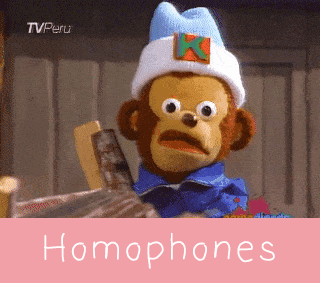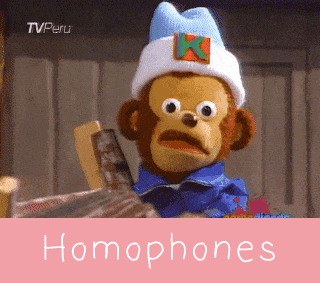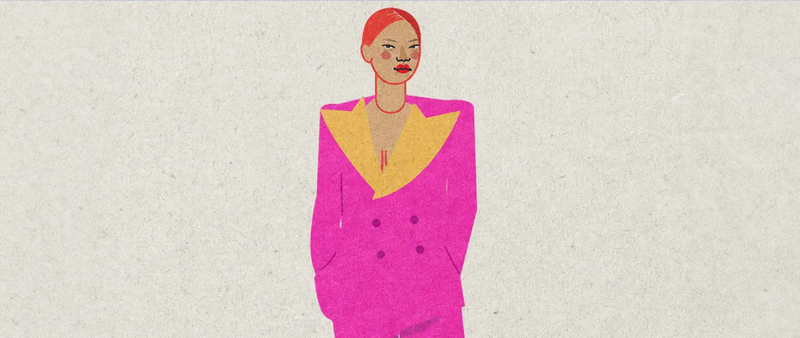This trifecta of homophones – one an adverb, one a pronoun, one a contraction – shows up mercilessly in English writing. Made more difficult by the fact that spell checkers and grammar correctors often won’t catch this, because many people spell the words right, but don’t use them in sentences correctly. Here, we break down the three words by use, so that you know just where to put them in your sentence.

“There,” “Their” or “They’re” Here are The Rules:
There is an adverb, so it functions to modify an adjective, verb, or another adverb in the sentence. There is used in order to express a state of being, a period of time or to refer to a location. An important tip to remember is that “there” is not a pronoun. There can never replace the words “he,” “she,” “his,” “her,” “they,” or “them” and it is never possessive of something.
Example: “There was a chill in the air, and snow flurries, but no snow on the ground.”
Their is a pronoun, so it refers to the person(s) or the thing(s) being talked about or referred to in the sentence. Their can almost always be used interchangeably with “he,” “she,” “his,” “hers” or “it.” Their can also refer to a group of people like “them,” but it cannot be used interchangeably with the word “them.” An important tip is that their is most often used to express possession of something: “their name”, “their house”, “their dog”.
Example: “The weather had apparently kept everyone in their tents that day”.
They’re is a contraction, the combination of two words shortened into one: “they” and “are.” It can, of course, be used interchangeably with the words “they are.” In fact, if you can insert “they are” into the sentence or phrase, then you know that the “they’re” form is correct.
Example: “Many people say they hate winter simply because they're cold all the time.”
Ludwig’s Tip:
There is almost always followed by an auxiliary verb, or “helping verb.” The most commonly used ones are “is,” “are,” “was,” and “were.” You would never say “their was” or “they’re is.” So, if you’re using any of these helping verbs to describe a state of being, a period of time or location – you’ll know to use the “there” form with them.
Example Sentences In The Media
There:
“There are too many people on editorial teams being forced to write about bands that they don't believe in.” (The Independent)
“There was, a few years ago, a moment when the mobile phone crossed a threshold in the mass consciousness.” (Forbes)
“Supposedly, there is no way to ‘flunk’ a stress test.” (Forbes)
Their:
“His co-workers nibbled at pastries, sipped high-end coffee and rooted around the fridge for their favorite flavor of Chobani yogurt.” (New York Times)
“Space, not Earth, will be their home.” (BBC)
“For some, it was their first time owning a pair of lace-up shoes.” (The Guardian)
They’re:
“’They're New Yorkers; they're going to push the envelope,’ Mr. Paterson said of cyclists.” (New York Times)
“They're singing about things that people need, like calm and peace.” (New York Times).
“They're for people at their most efficient, whether they're dancing to Kris Kross or simply reading a map in the middle of a busy street in everybody else's way.” (The Independent)
Ludwig’s wrap up:
Now that you are more confident with the use of “there,” “their” and “they’re”, try to put them all together in a single sentence, like in the example below:
“They’re so happy there with their friends”.
P.S. Don't miss this epic grammar-punk-rock youtube gem!






